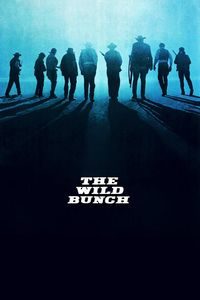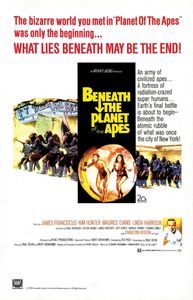The Wild Bunch (1969)
(On Cable TV, January 2018) I may be a jaded cinephile, but there are a few things that I still don’t like. I’m a big fan of action scenes, for instance, but I don’t like violence all that much, and gore even less. Given this, it was almost a foregone conclusion that I wouldn’t be all that happy with Sam Peckinpah’s The Wild Bunch, a film whose reputation is tied to its brutal depiction of western violence. The opening sequence concludes on a bloody and depressing heist, and much of the film that follows doesn’t get any better—the characters are criminals escaping justice, but the lawmen aren’t more virtuous. Though visually a western, The Wild Bunch is set in 1913 and the end of the Far West era hangs upon the film like a curse—much of the film is about the characters realizing that there is no place left for them or their tools in the world. The automobile is replacing the horse, and the machine gun is far more efficient than the six-cylinder gun. There’s clearly a Vietnam-era attempt to deglamorize the western archetypes though blood squibs and dishonourable character. It must have been quite a sensation back in 1969, but today The Wild Bunch feels redundant. Worse; its unpleasantness lingers after the film has so little to teach us. I can admire the craft of the production (many of the action sequences feel surprisingly modern) but I can’t love the result. Even in the not-so-narrow field of revisionist westerns, I can think of a few better examples.














